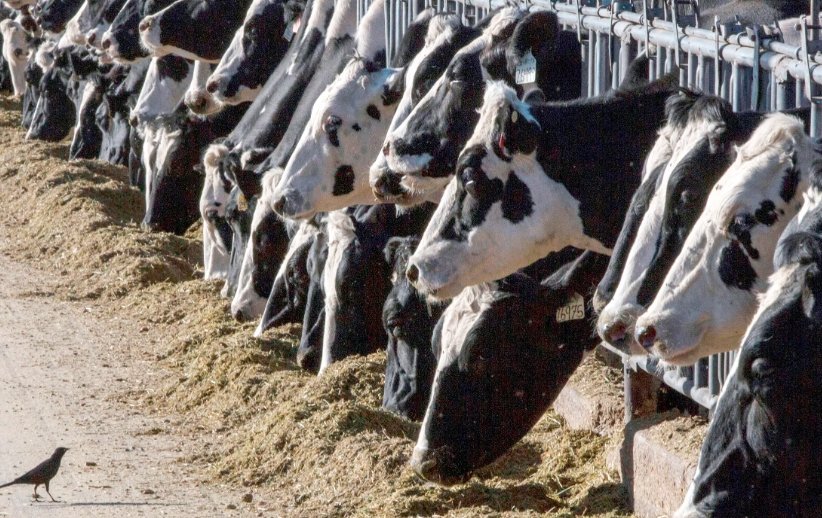In a concerning development, a dairy farm worker in Colorado has tested positive for the highly contagious H5N1 bird flu virus. This marks the fourth human case linked to dairy cattle in the United States since March. The infected worker, who had direct contact with infected dairy cows, developed conjunctivitis and has since recovered after receiving antiviral treatment. Health officials emphasize that the risk to the general public remains low, but the situation underscores the importance of monitoring and preventive measures.
The Spread of H5N1 Among Dairy Workers
The H5N1 bird flu virus, primarily known for affecting poultry, has now been detected in dairy cattle, leading to human infections. The Colorado case follows three previous infections in dairy workers in Texas and Michigan. These workers exhibited symptoms such as conjunctivitis and mild respiratory issues. The Centers for Disease Control and Prevention (CDC) continues to monitor the situation closely, ensuring that the virus does not spread further among the human population.
The infected Colorado worker was part of a dairy farm in northeastern Colorado, where several dairy herds had tested positive for the virus. The worker’s symptoms were identified early, allowing for prompt treatment and recovery. This case highlights the need for stringent biosecurity measures on farms to prevent the transmission of avian influenza to humans.

Health officials are conducting thorough investigations to trace the source of the infection and implement necessary control measures. The CDC reassures the public that the overall risk remains low, but individuals working closely with infected animals should take extra precautions to protect themselves.
Preventive Measures and Public Health Response
In response to the recent cases, health authorities have ramped up surveillance and preventive measures to curb the spread of H5N1. Farms with infected animals are subject to strict biosecurity protocols, including quarantine and culling of affected herds. These measures aim to contain the virus and prevent it from spreading to other farms and potentially to more humans.
Public health officials are also emphasizing the importance of personal protective equipment (PPE) for workers handling infected animals. Proper use of PPE, along with regular health monitoring, can significantly reduce the risk of transmission. Workers are advised to report any symptoms immediately to ensure timely medical intervention.
The CDC is collaborating with state and local health departments to enhance surveillance and response efforts. This includes testing and monitoring individuals who have been in contact with infected animals. By maintaining a robust surveillance system, health officials can quickly identify and respond to new cases, minimizing the impact on public health.
Implications for the Dairy Industry
The detection of H5N1 in dairy cattle has raised concerns within the dairy industry. While avian influenza is typically associated with poultry, its presence in dairy herds poses new challenges for farmers and health officials. The industry must adapt to these challenges by implementing comprehensive biosecurity measures and educating workers about the risks and preventive strategies.
Farmers are encouraged to enhance their biosecurity practices, including controlling access to farms, disinfecting equipment, and monitoring animal health closely. These steps are crucial in preventing the introduction and spread of the virus within dairy herds. Additionally, farmers should work closely with veterinarians and health officials to stay informed about the latest guidelines and recommendations.
The economic impact of the virus on the dairy industry is also a concern. Infected herds may need to be culled, leading to financial losses for farmers. However, these measures are necessary to protect public health and prevent further spread of the virus. The industry must balance the need for biosecurity with the economic realities of farming, ensuring that both animal and human health are safeguarded.














